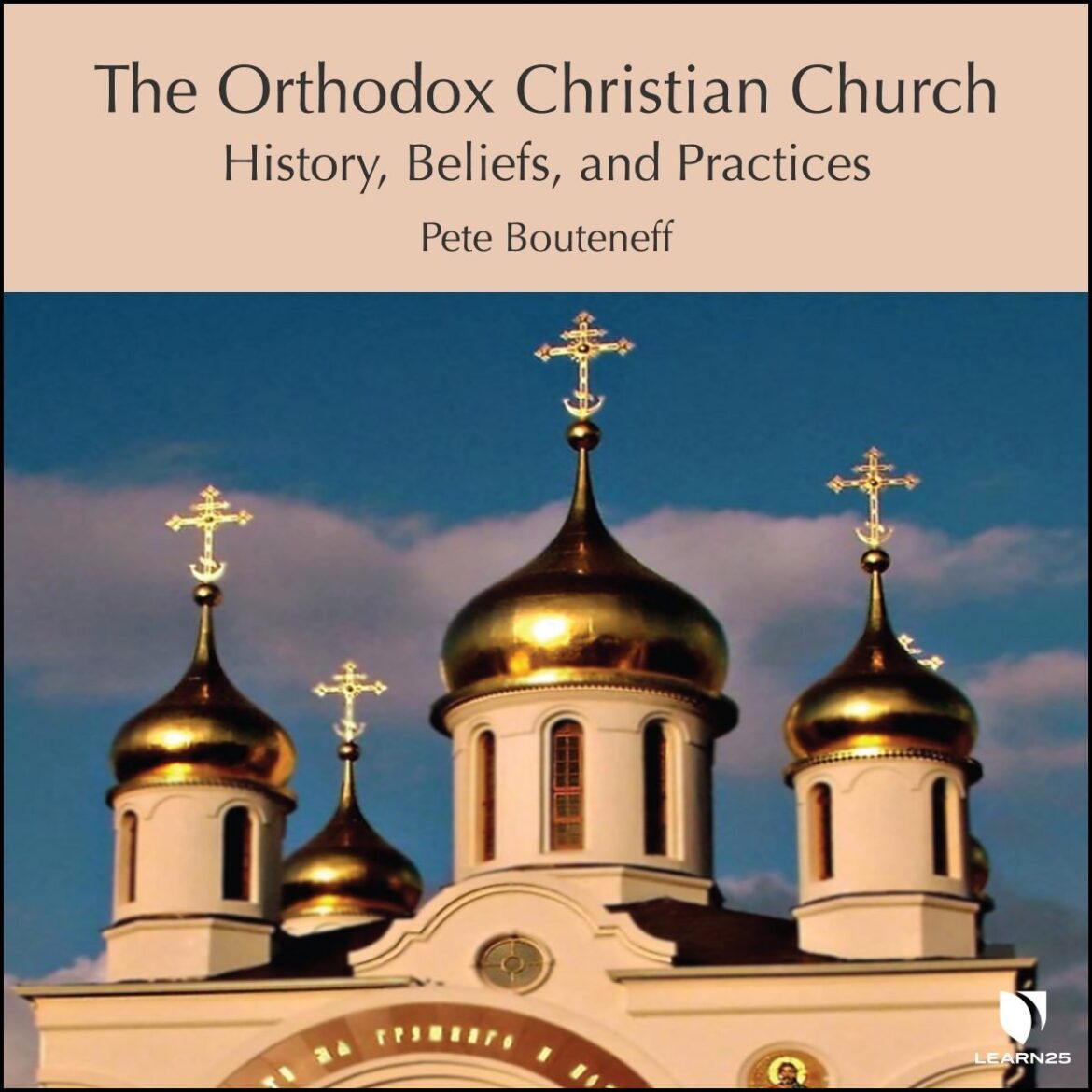In contemplating the vibrant tapestry of Christianity, one may ask: Is the Orthodox Church indeed Christian? This inquiry is particularly provocative, as it invites exploration into not only the beliefs and practices of the Orthodox Church but also its rich historical legacy and global presence within the broader Christian narrative. The Orthodox Church, often referred to as the Eastern Orthodox Church, traces its roots back to the earliest days of Christianity. Its identity is steeped in both theological depth and distinctive liturgical traditions.
At the heart of evaluating the Orthodox Church’s Christian credentials lies an understanding of its foundational beliefs. Orthodox Christianity is anchored in the acceptance of the Nicene Creed, a pivotal statement of faith that affirms the divinity of Christ, the Trinity, and the essential doctrines that arise from these tenets. The Creed is a cornerstone of the faith, affirming a belief in one God, whose existence is expressed in three persons: the Father, the Son, and the Holy Spirit. This unwavering commitment to traditional Christian doctrine illustrates the Orthodox Church’s alignment with the broader Christian community.
Moreover, the sacraments hold paramount importance within the Orthodox tradition. The Church recognizes seven sacraments, known as mysteries, which are integral to the spiritual life of its adherents. Baptism initiates believers into the faith, while the Eucharist represents the sustenance of spiritual life, where participants partake of the body and blood of Christ. This sacramental theology not only underscores the Orthodox Church’s Christian identity but also emphasizes a collective communion with God and one another.
The liturgical life of the Orthodox Church is another defining aspect of its Christian nature. The Divine Liturgy, celebrated with grandeur and reverence, reflects historical continuity and a profound sense of worship. The role of icons, as theological windows to the divine, offers a means of encountering and venerating the holy. For adherents, these art forms serve to bridge the temporal and the eternal, allowing a connection to the heavenly realms inherent within its practices. This liturgical richness contrasts sharply with some Western Christian practices and serves to highlight the diversity within Christianity.
The ecclesiastical structure of the Orthodox Church is characterized by an episcopal hierarchy, with each local church led by its own bishop. Unlike the Roman Catholic Church, there is no single head of the Orthodox Church. Instead, it comprises numerous autocephalous (self-governing) churches, each preserving theological unity while exercising administrative independence. This decentralized structure facilitates a plurality of culturally unique expressions of faith while maintaining harmony in core beliefs.
Despite these affirmations of Christianity, there remains an intriguing challenge regarding the global presence of the Orthodox Church in the context of contemporary religious discourse. Is it possible to regard a tradition as ‘Christian’ that operates so distinctly from the predominant narratives offered by the Protestant and Catholic branches of Christianity? Strikingly, the Orthodox Church is strongest in regions such as Eastern Europe, the Middle East, and parts of Africa, where it has faced trials, including political oppression and cultural erasure.
The Orthodox Church, steered by historical events such as the Great Schism of 1054, has navigated complex socio-political landscapes. The schism between Eastern and Western Christianity was not merely a theological dispute but was profoundly influenced by ethnic identities and territorial concerns. In contemporary times, this has rendered the Orthodox Church as a bastion of national identity for many Slavic nations, such as Russia and Serbia, leading to an intertwined relationship between faith and nationalism. However, such complexities compel observers to question how one reconciles faith with cultural identity; can nationalistic fervor overshadow or dilute the essence of Christianity?
Globally, the Orthodox Church has both sustained and adapted to varied cultural contexts. The immigration patterns in the 20th century have resulted in vibrant Orthodox communities in North America, Australia, and Western Europe, showcasing how faith can traverse geographical boundaries. The Orthodox Church is now actively engaging in interfaith dialogues, highlighting its commitment to ecumenism and collaborative religious efforts, yet still faces the challenge of reconciling its ancient traditions with contemporary society.
Furthermore, the role of Orthodox Christianity in the digital age raises pertinent questions about its future. As a faith that emphasizes tradition, the Orthodox Church must navigate the complexities presented by modern technology and social media. The challenge lies in maintaining its deeply rooted customs while embracing new avenues of outreach and engagement. Can the essence of sacred rites and teachings resonate in a world increasingly driven by rapid communication and transient ideologies?
In reflecting upon these myriad dimensions, it becomes apparent that the Orthodox Church is undeniably Christian. Its rich theological framework, sacramental life, and liturgical heritage affirm its place within the collective Christian community. Yet, the continuous interplay of faith, culture, and modernity presents an ongoing dialogue about the challenges it faces. Ultimately, the Orthodox Church stands as both a historical testament and a living tradition, grappling with its identity in a diverse and ever-evolving world, inviting both adherents and observers alike to engage deeply with the great mysteries of faith.



